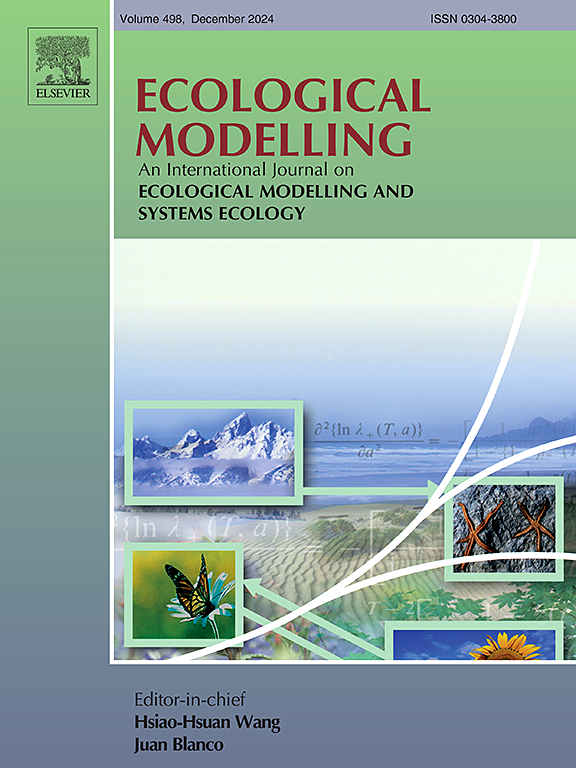Integrating static and dynamic analyses in a spatial management framework to enhance ecological networks connectivity in the context of rapid urbanization
IF 2.6
3区 环境科学与生态学
Q2 ECOLOGY
引用次数: 0
Abstract
Urbanization and habitat fragmentation threaten biodiversity and ecosystem health worldwide. Effective strategies to enhance ecological networks (ENs) connectivity are vital for mitigating these challenges and promoting regional sustainability. Taking Jiangxia District inWuhan, China as a case, this study proposed a spatial management framework that integrates static and dynamic analyses to enhance ENs connectivity in the context of rapid urbanization. By combining morphological spatial pattern analysis (MSPA) with a minimum cumulative resistance (MCR) model, a ecological network of 52 ecological sources and 128 corridors was established. Static analysis through circuit theory identified critical areas affecting landscape connectivity, while dynamic analysis using future land-use simulations (FLUS) evaluated the vulnerability of ecological lands under various urban expansion scenarios. This research not only fills a gap in spatial specificity within ENs connectivity studies but also introduces an integrated framework that harmonizes current and future spatial planning needs. The findings offer actionable strategies for urban ecological planning and green space management, aimed at strengthening regional ecological protection and supporting sustainable development in the face of ongoing urban expansion.
求助全文
约1分钟内获得全文
求助全文
来源期刊

Ecological Modelling
环境科学-生态学
CiteScore
5.60
自引率
6.50%
发文量
259
审稿时长
69 days
期刊介绍:
The journal is concerned with the use of mathematical models and systems analysis for the description of ecological processes and for the sustainable management of resources. Human activity and well-being are dependent on and integrated with the functioning of ecosystems and the services they provide. We aim to understand these basic ecosystem functions using mathematical and conceptual modelling, systems analysis, thermodynamics, computer simulations, and ecological theory. This leads to a preference for process-based models embedded in theory with explicit causative agents as opposed to strictly statistical or correlative descriptions. These modelling methods can be applied to a wide spectrum of issues ranging from basic ecology to human ecology to socio-ecological systems. The journal welcomes research articles, short communications, review articles, letters to the editor, book reviews, and other communications. The journal also supports the activities of the [International Society of Ecological Modelling (ISEM)](http://www.isemna.org/).
 求助内容:
求助内容: 应助结果提醒方式:
应助结果提醒方式:


